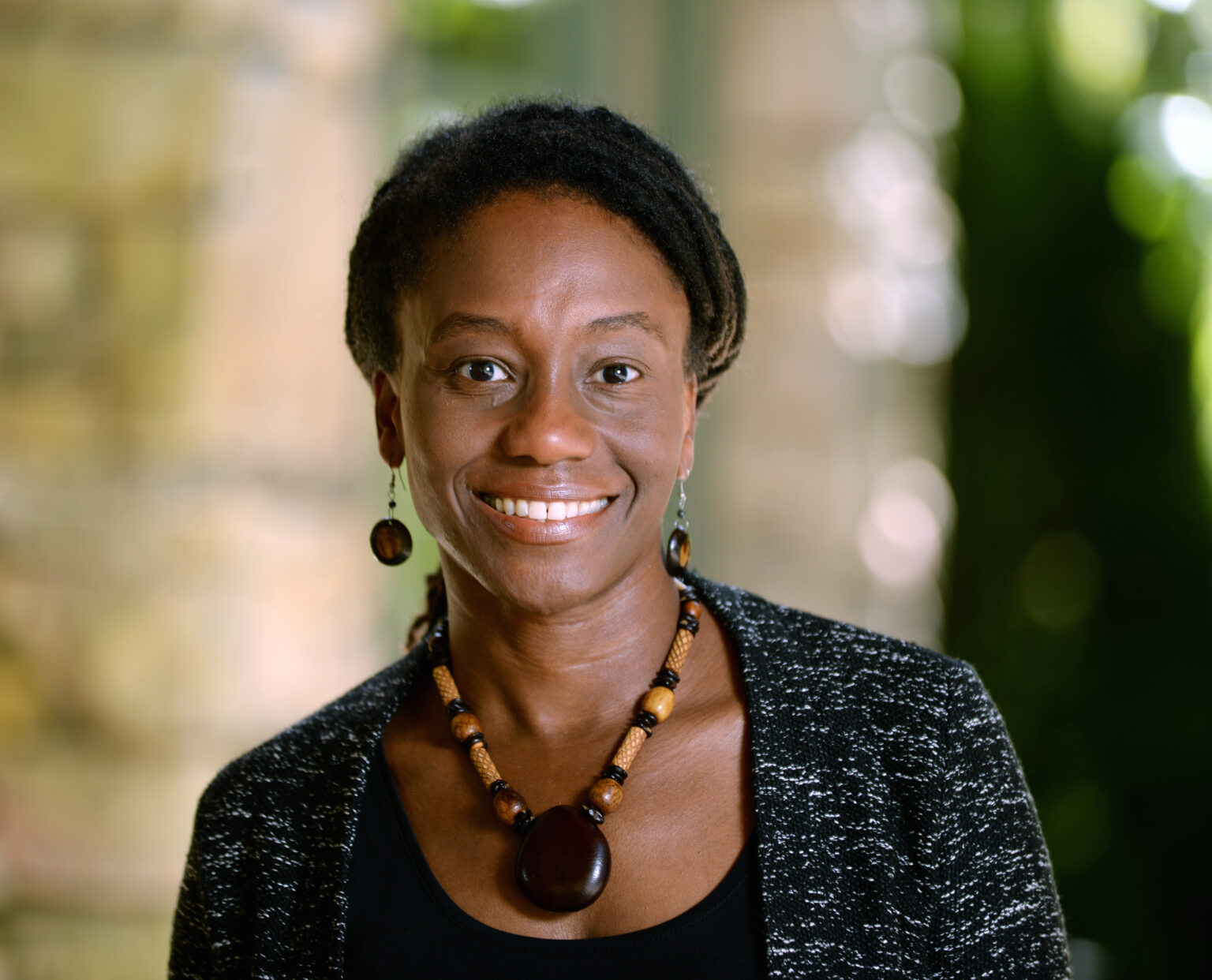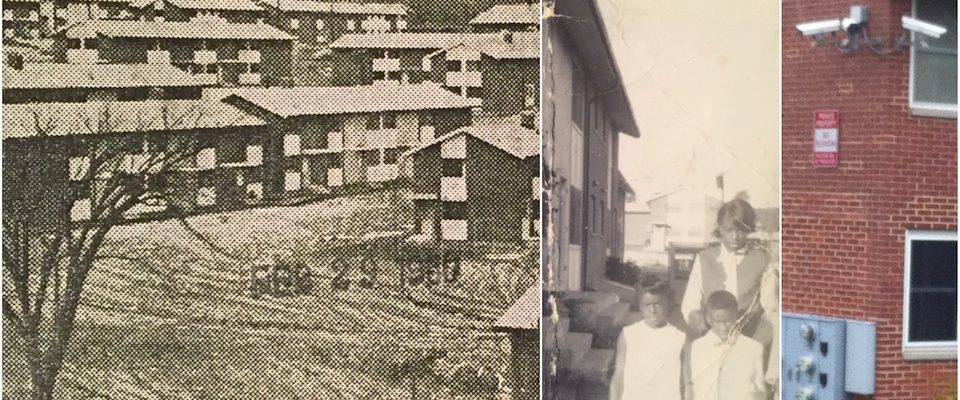Catina Bacote
Artist Statement
For me, the writer’s voice serves as testimony and as an ethical pointer. As a black woman whose life has been marked by violence, I use the art form to demonstrate how historical and contemporary losses can be understood through acts of the imagination. There are risks—social and spiritual—in delving into issues like racial segregation, urban poverty, and gun violence, however, there is an even greater risk in remaining silent. I create my nonfiction work in what the poet Carloyn Forche calls “a temporal debris field.” I do not merely reconstruct events after they have happened but I come face to face with them in their aftermath—where the tragedies remain present.
While At Headlands
While at Headlands I will work on my book in progress. It is a work of personal narrative and social history that chronicles the lasting impact of the illegal drug trade on my family and community.
I grew up in New Haven, Connecticut during the 1980s when dramatic changes took place in the city: the illegal drug trade exploded, gangs multiplied, and violent crimes soared. By 1989 there were 320 recorded shootings in the city and 34 murders. With a population of 130,000, that meant we had more murders per capita than Chicago, Los Angeles, or New York. Twenty-nine of the thirty-four people killed were black and this trend continued year after year. There were policymakers who dismissed the murders, by using the term “black on black violence.” However, the deaths were not inevitable, but rather the result of political, social, and economic choices made by people far and wide.
Selected Works
Writing Into The World: Memoir, History and Private Life, 2015, TriQuarterly
In Court, 2013, The Common
Hope, 2014, The Gettysburg Review
Fear, 2014, The Southern California Review

